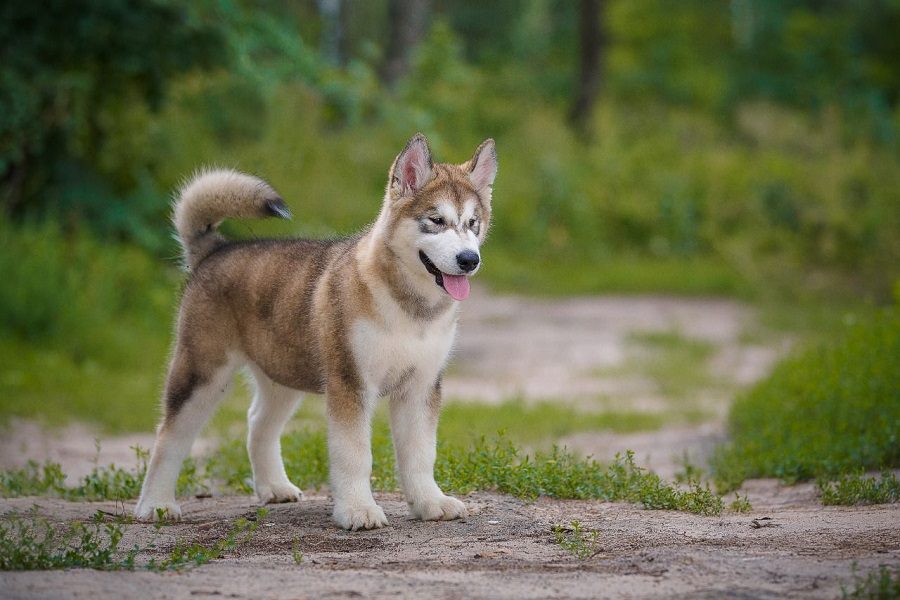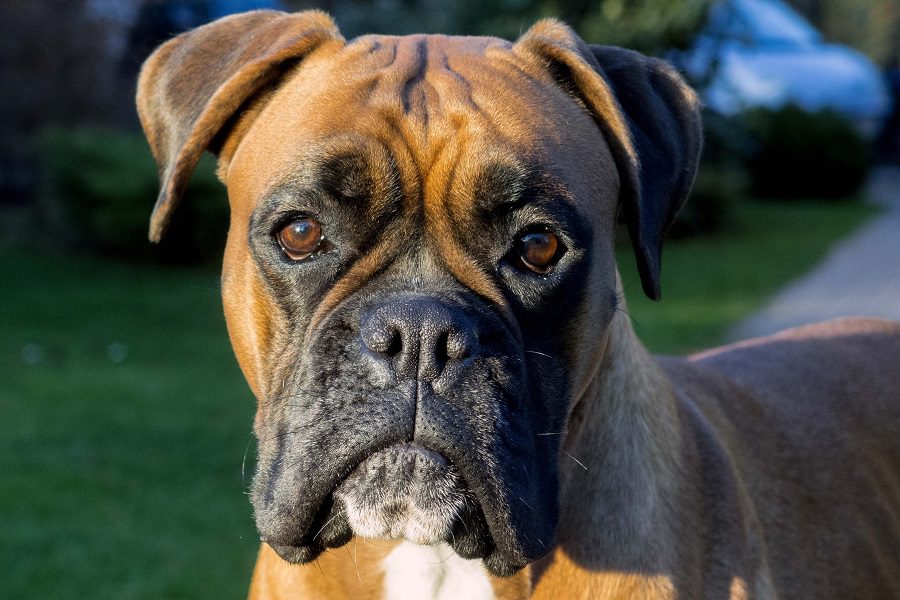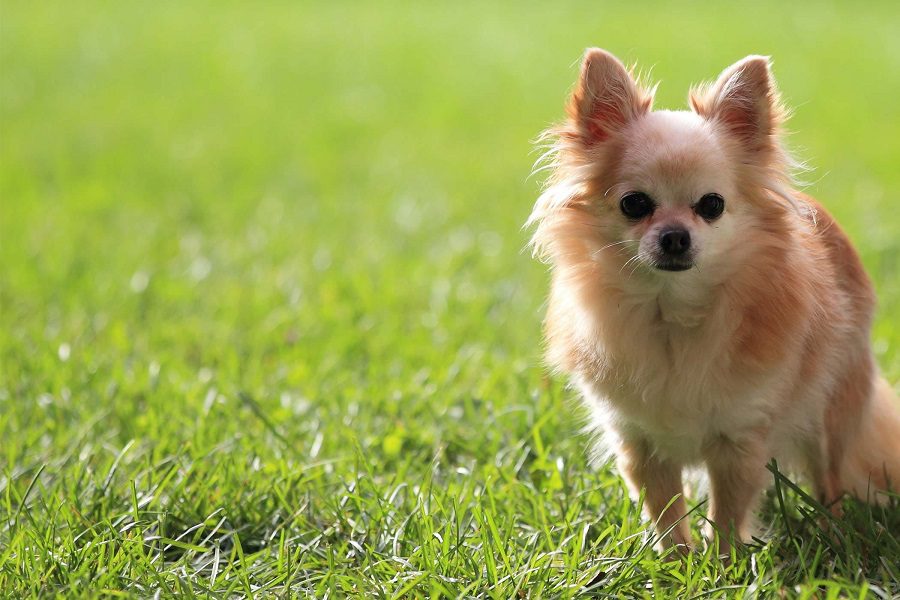Last Updated: 1 year ago
Dalmatians are a beautiful looking dog breed and can be a great companion but before you decide to bring one home, you should be aware of what you are getting yourself into before you make the commitment.
Read this short guide to learn the basic info you should consider before getting a Dalmatian.
Physical Characteristics
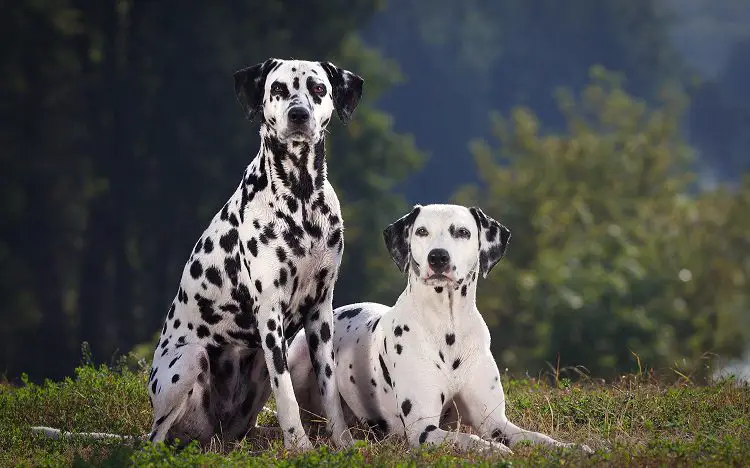
The Dalmatian is a large breed reaching a height of 22-24 inches but they are relatively lightweight, ranging between 48 and 55 pounds. This gives them a lean and sleek body.
The most characteristic physical trait of the Dalmatian, though, is its spotted coat. Interestingly, at birth, they are completely white and spots begin to appear by the third or fourth week.
Most often, the spots are black or dark brown but there are some rare cases of blue, orange, and other colors (including the rare possibility of tricolored spots). Take a look at our gallery of this beautiful dog breed.
Their fur is usually very short and dense. They tend to shed a lot all year round so it’s often recommended that you don’t allow your Dalmatian on the couch because the short, stiff hairs tend to weave into fabrics so it’s difficult to get rid of it.
Personality and Temperament
They were originally bred in Croatia (on the Dalmatian coast) to be dogs of war which guarded perimeters and protected their human companions fiercely. That has made them an extremely loyal and very protective breed.
With that said, it tends to be suspicious and untrusting of new people and new pets and may get a little overprotective (you may consider getting a dog crate if you have frequent visitors). You can minimize this by socializing your Dalmatian early and frequently introducing it to new people and new dogs.
They are a very intelligent breed which can make them great to train but it also makes them very independent and willful. Because of this, it’s better to use positive reinforcement when training. They are more likely to do something if they expect to be rewarded for it.
Common Health Issues
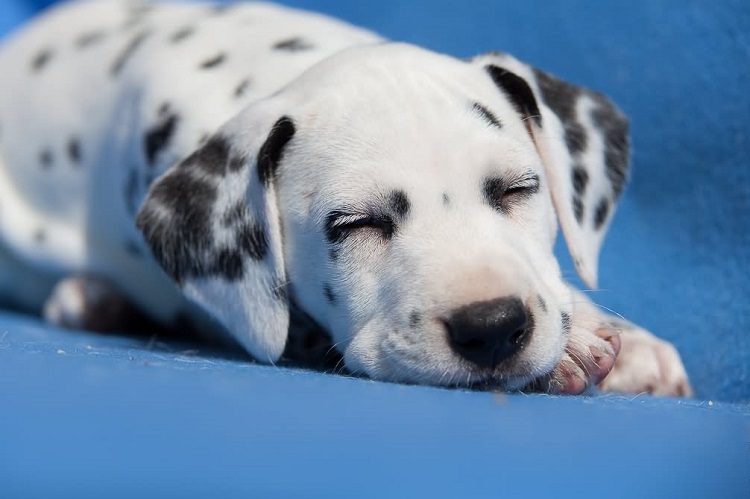
Here are some of the health problems that Dalmatians are at high risk for. They won’t necessarily suffer from them but as an owner, you’ll want to be extra alert to catch symptoms early if they do appear.
Deafness
About 30% of Dalmatians are deaf in at least one ear and it’s directly related to their spots. The spotting results from a lack of melanin producing cells in the inner ear.
In addition to being responsible for darkening the coat, these same cells also help the dog to hear. So a dog with smaller or fewer spots is more likely to be deaf because that means they have fewer melanin producing cells.
Urinary Tract Stones
Dalmatians have a unique urinary tract system which is susceptible to stones formed from the salt in the urine.
Symptoms include lack of urination (or inconsistent stream), and discomfort while urinating. It should be treated as soon as possible because it can be fatal if left untreated.
Hip Dysplasia
This will usually appear within the first few months to a year. Symptoms include difficulty walking, difficulty getting up or sitting down, and avoiding activity or movement.
can be managed with medication and diet changes but it can’t be cured and it is genetic so do not breed a Dalmatian with hip dysplasia.
Basic Care Instructions
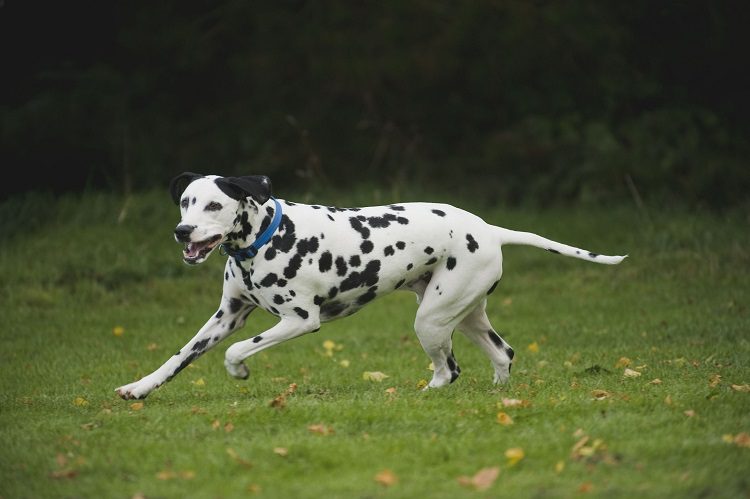
Dalmatians need a lot of exercise. They should get at least an hour of exercise each day.
They are very fast runners so they will enjoy joining you on your runs but make sure they are well trained first to avoid getting dragged along behind a speeding Dalmatian.
If you take your Dalmatian outside of a secured area, it should always be on a leash because even trained, they have a tendency to impulsively bolt and you will not be able to catch up to them.
If you have kids, you’ll want to supervise them with younger children as they might accidentally get a little rough while playing but they will never intentionally hurt anyone.
You can manage the shedding by brushing their coat at least once a week or daily for better results. This won’t completely eliminate the problem but it will lessen the amount of fur that ends up in your carpet and on your clothes.
Beyond that, minimal grooming is required. Dalmatians are naturally cleaner than other dogs and their fur is short so trimming is unnecessary. The fur naturally repels dirt and if you brush at least once per week, you can (and should) limit bathing to just 3 times per year.
To prevent urinary tract stones, you should make sure your dog drinks a lot of water (never let the water bowl be empty) and their food should be low in purines. Purine is mostly found in meat so consider a food which sources it protein from plant sources.
They need about 1 ½ to 2 cups of dry dog food per day, divided into at least two separate meals. Look for foods that source protein from beans, grains, nuts or other plant sources.
Final Word
The Dalmatian is the perfect companion for an active person. If you like running, hiking and other activities, your Dalmatian will be the perfect pet to accompany you on these adventures.
If you aren’t particularly active and not prepared to take your dog out for at least one hour of activity per day, a Dalmatian is not the ideal pet for you.
It can also be a great family pet as long as you socialize it from a young age. Their intelligence and loyalty make them natural protectors and their friendliness and energy make them great playmates for older children.

